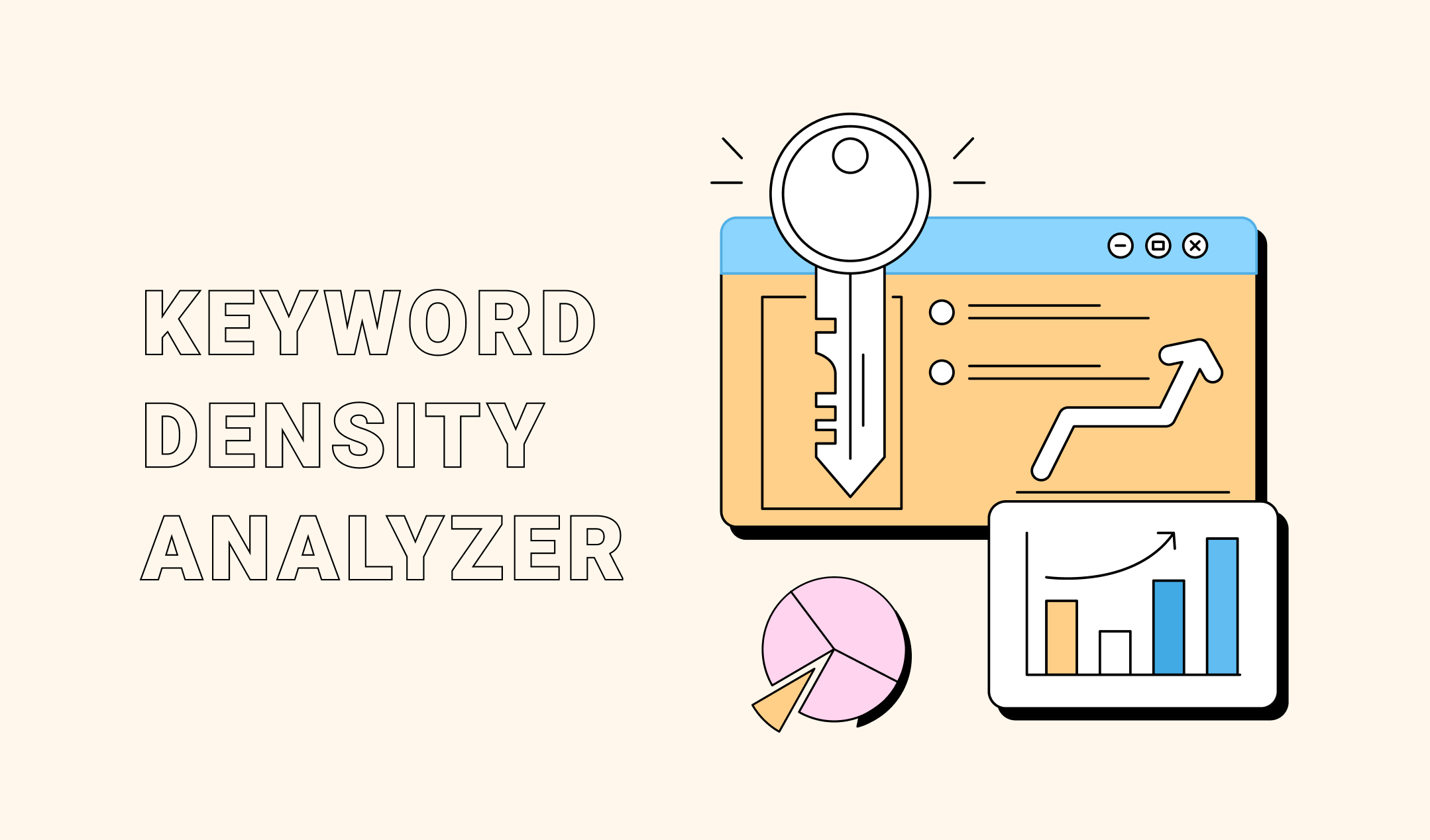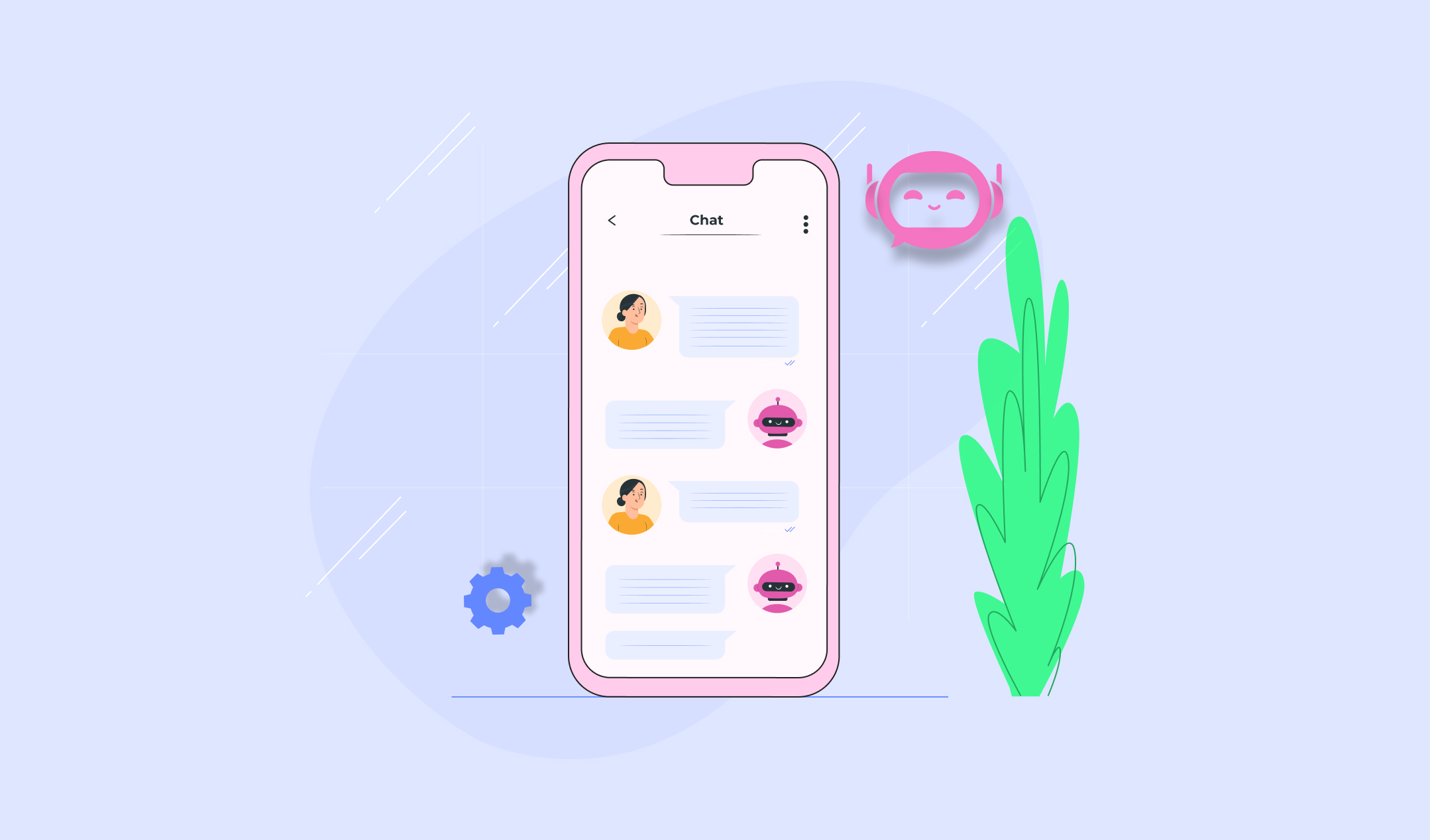How to optimize content for SEO? It’s a common question in the mind of almost all startup owners, digital marketing professionals, bloggers, and website designers. If you want to know the answer, you are on the right page.
The rules of search engine optimization change frequently. However, one factor stays constant in the ever-changing world of digital marketing, content. SEO and content are co-related. Almost everyone finds answers to their questions via search engines like Google and Bing. Hence, we are here to discuss how you can use the content optimization strategy to write quality content that supports your online marketing efforts.
What’s the relation between content and SEO?
Content is the base of search engine optimization. If your website has high-quality content, the rate of marketing campaign success is higher. Search engine optimization is the process of improving a website so that it can appear at a higher rank in Google or any other search engine.
Content is whatever you publish on the websites. It includes articles, images, videos, and graphics. Hence, SEO content is created to increase the ranking of your site on search engines and boost traffic.
Search engines display their results according to the authority and relevance of the web pages. Trustworthy backlinks decide the former. Relevance is determined by the keywords, and how you use them within your content. You can optimize content for SEO by organizing the content logically. The keywords should be used correctly. Moreover, you should present the information by keeping the audience in your mind.
What are the differences between content marketing and SEO?
SEO enhances the structure, accessibility, and design of websites. It covers the usage of relevant keywords, the building of internal/external links, metadata optimization, and several other points. All these factors work together to take the rank of a website higher and attract more visitors.
On the other hand, Content marketing involves publishing high-quality and useful content on your site, and social media platforms to maintain your current clientele and bring new ones on board. Overall, content marketing offers two solid benefits:
- Optimized content on your website ranks it higher on search engines, which means you will automatically get new visitors.
- High-quality content on a website also improves its relevance and authority, which is favorable for your digital marketing campaign.
On-page content optimization
High-quality content is crucial for SEO success. They cannot stay productive independently. A website can never rank higher on search engines if it does not have top-quality content. Simultaneously, even high-quality content cannot give you results if online users cannot find your website. Hence, focus on SEO-friendly content that your audience finds interesting. Follow the given tips and practices to optimize content for SEO.
- Keywords are important, but do not overuse: Keywords are crucial in a digital marketing campaign. So, use them strategically in your content. Do not place the keyword or phrase only for the sake of using it. Instead, insert them in between the content meaningfully. Including relevant keywords in your posts might not make headlines, but it ensures a boost in the number of visitors.
- Use headings wherever required: Headings are another pillar of a successful online marketing strategy. However, it’s generally overlooked. Header tag ranges from H1 to H6. They add structure and outline to your content. So, use them smartly to help search engines understand your published posts.
- For instance, it’s compulsory to use the H1 heading. But, you can use only one. Multiple H1 heading confuses the search engines. They think that your post covers multiple topics. Also, do not use the same header on every page of your site.
- Bigger is better: You might be surprised to know, but Google prefers long articles. The ideal length of posts displayed on Google’s first page are 2100 to 2400 words on average. It might not be possible to create such long articles every time you update your site or blog. But, try to develop long posts in general. In addition, improve the readability of your posts by breaking them into small chunks, like points, lists, and subheadings.
- Use location-specific phrases: When someone searches for a business, they are looking for local options. This statement is especially true if the users are performing the search on a portable device. So, include geo-specific terms in your content if you own a local brand. These keywords bring your company to the top. So, use them in the titles and H1 tags to improve local SEO results.
Link optimization
Quality links are another factor to determine the success of your digital marketing efforts. These links help search engines to understand the relevance of your content and show better results. So, you can improve your website’s SEO by adding quality links. However, creating an incredible link profile could be challenging because you have to understand the good and bad links.
Basics of link building
Google has an algorithm called PageRank, which ranks websites in the search results. It works by counting the number of quality links on your website. A link connected with your site passes its link juice to your site to boost its rank. However, the relationship between links and SEO could be confusing to understand because it contains outbound links, inbound links, and internal links. Let’s understand the different types of links that are required to optimize content for SEO.
Types of links
Internal links point to the pages on the same domain and outbound links point to external domains. Every web page should have internal links (pointing to the same page or another page on the same domain) and outbound links (pointing to external web domains). They help users navigate a site and find useful information. These links also help search engines understand and index a site. But they are all formed differently.
- Anchor texts. These are often highlighted, clickable links that can help increase search rankings for specific keywords. However, Google punishes repetitive anchor texts, so use a mixture of non-repetitive branded and keyword-rich phrases.
- Naked URLs. This is when the full URL is displayed in the link. Generally, they’re not as powerful as anchor texts for SEO.
- Brand citations. Instead of showing the full URL of a company website, the link is merely the name of the company.
- An image link can be an excellent navigational tool, but only when it’s a link. (The alt attribute tag for the image acts like anchor text.)
- Reciprocal links. These happen when two webmasters agree to provide a hyperlink to each other’s websites. If they both share the same target market or offer complimentary services or products, the link can be seen as relevant. If not, reciprocal links can harm PageRank.
There are also variations in the way each link operates:
- Do follow links are standard links that search engines can follow and count toward PageRank.
- Nofollow links have extra markup in the code that tells Google crawlers to ignore the link, so it doesn’t count toward PageRank.
Google advises using the nofollow tag for paid links or for links to websites you don’t trust. Many sites use the nofollow tag for the comments section to avoid spam links.
How to Analyze Links
What makes one link more valuable than another? There are a few factors you need to consider.
Authority
You can measure website authority in a variety of ways. There’s the Google PageRank toolbar (not available on some browsers) that displays the PageRank of a website, but it’s not updated that often so the information can be misleading.
Then there’s the SEO toolbar from Moz, including MozRank and other metrics. The Alexa toolbar is another respected SEO tool that is more focused on web traffic. If you can get links from sites with more authority, you have the potential to outrank your competitors in search engine results pages (SERPs).
Relevance
Relevant links are more valuable. It’s better to get a link from a website that is related to your industry or field of expertise. Outbound links should also be relevant to the context of your content. Internal links will have more value if they help users and search engines navigate your site more easily.
Location
There are no guarantees when it comes to how Google and other search engines rank links based on their location within a page. However, most SEO experts agree that links within the content are more valuable than navigational links or links in the page footer.
These factors, taken together with the link type, all contribute to link value. Considering all these details, we can summarize what makes some links better than others.
Good links include:
- Backlinks from websites with more authority.
- Backlinks from relevant websites
- Backlinks from websites that already rank high in SERPs for certain keywords.
- Anchor text links that are relevant to the content they are a part of and link to.
Bad links include:
- Links to websites or link directories with little useful content.
- Links to websites that are not related to the content of your website.
- Links to poor-quality websites.
- Broken links.
- Repetitive keywords or exact-match keyword phrases in internal links.
- Purchased links without the no-follow tag.
As long as you try to create SEO content naturally and avoid stuffing your web pages with over-optimized links, you don’t need to be obsessed with building links for SEO.
Just focus on delivering quality content to your readers and help them find the information they are looking for.
This should result in a balanced link profile that includes a variety of natural links that are more useful and credible to humans and search engines.
Topical Optimization
How to group and structure your content will also have an impact on SEO. Enter topical optimization.
With topical optimization, businesses have moved away from optimizing for single keywords and instead optimizing for larger topics and key phrases (also known as long-tail keywords). No more singular, competitive keywords – we’re talking strings of them. And it makes sense to use this approach, considering that the vast majority of page views are a direct result of long-tail keywords.
Final thoughts
It’s difficult to achieve consistently good results online if you don’t understand the close relationship between SEO and content marketing.
Through the content optimization system, link building, and the various content marketing strategies outlined here, you can deliver content that search engines understand and your audience will love. And ultimately, this will give you a strong online presence that benefits your business for many years to come.











